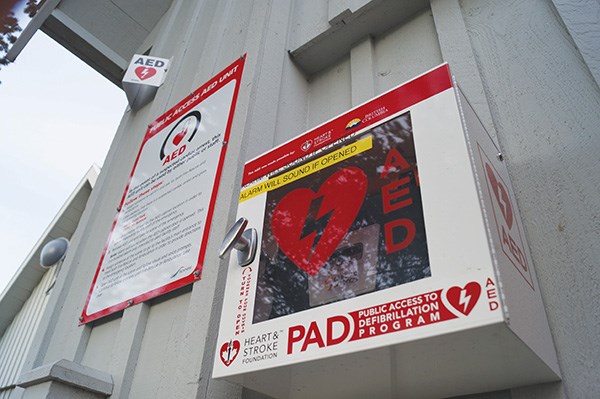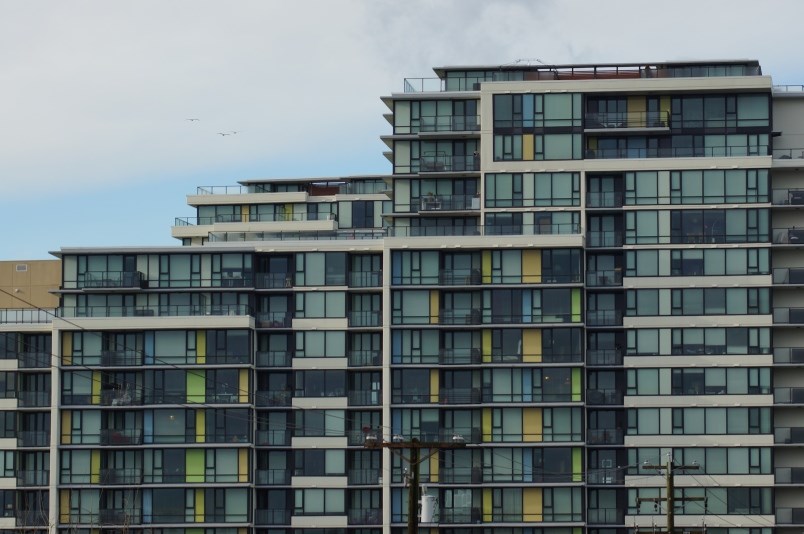People who live in high rise condos in Richmond’s City Centre neighbourhood now have to add another concern on top of potentially noisy neighbours and long elevator wait times.
How far away the nearest Automated External Defibrillator (AED) is could dictate whether you live or die in cases of cardiac arrest.
A new study by St. John Ambulance and IPSOS suggests cardiac arrest survival rates are extremely low for condo-dwellers. The study found people who live on or above the third floor have a 2.6 per cent chance of surviving a cardiac arrest. Above the 25th floor, the survival rate is zero.
That’s because the higher up you are, the longer it takes first responders to reach your suite.
St John Ambulance is recommending condo stratas and apartment building managers invest in AED units to give cardiac arrest victims a fighting chance.
“Every moment counts,” said Karen MacPherson, St. John Ambulance CEO. “The time it takes to access an AED can determine if a person lives or dies. Every condo or apartment building should have one or more of these devices installed and ready to save a life.”

If a victim is defibrillated within the first minute of collapse, their chance of survival is nearly 90 per cent, according to St. John Ambulance. For every minute of delay, their chance of survival falls by seven to 10 per cent.
After three minutes with no heartbeat, brain damage starts to set in.
AEDs are small, portable devices that deliver an electric shock through the chest wall of a person whose heart has stopped beating. Most people who have taken a first aid course are trained in how to use them, and most AED units speak clear instructions so even an untrained bystander can use one.
According to St John Ambulance, the majority of Canadians are willing to use an AED to save someone’s life, but 66 per cent of British Columbians don’t know where the closest one is to their home.
The devices are getting more common in public places like malls, public pools and gyms and airports. But there hasn’t been as much uptake to install them in homes and residential buildings, according to St. John Ambulance.
The City of Richmond does not have local regulations on whether AEDs need to be installed in residences, and there are no provincial rules either, said city spokesperson Ted Townsend.
Andrew Leong, managing broker at a Richmond real estate firm, said he does see AED units in newer buildings at the concierge or in common areas like fitness centres and pools. But he said buying AEDs is not a common upgrade for stratas to invest in, given the cost of buying and maintaining them.
A common model, the Philips HeartStart, retails for just under $1,500 through St. John Ambulance.
“As the cost of these machines goes down, I think the individual persons would invest in a personal AED device in a home,” Leong said.
Sudden cardiac arrests kill about 45,000 Canadians every year.



